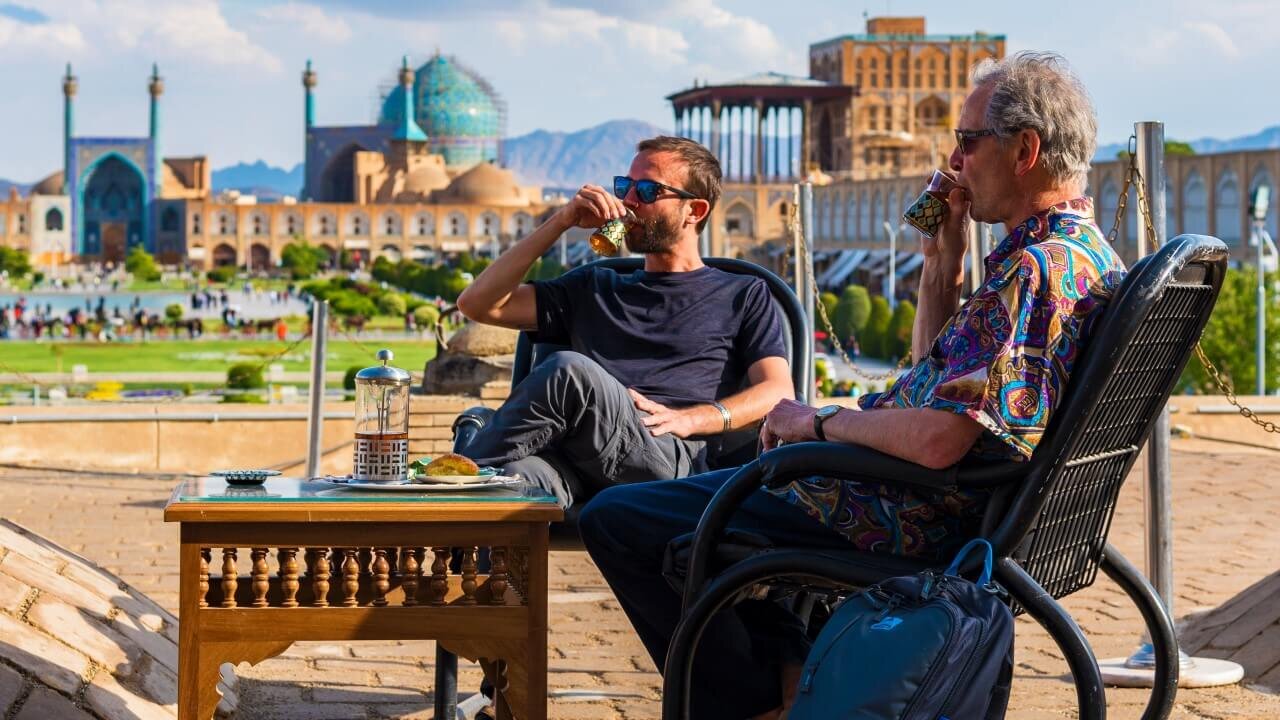Iran taps into neighboring markets to drive tourism growth

TEHRAN - In a bid to boost its tourism industry, Iran has set its sights on attracting visitors mostly from neighboring countries.
The ancient land boasts deserts, snow-capped mountains, and coastlines of the Persian Gulf and the Caspian Sea, and prides itself on its cuisine and traditional hospitality. To showcase these attractions and reach a wider audience, the Iranian government is implementing various strategies to lure tourists with its rich cultural heritage and breathtaking landscapes.
The Islamic Republic is currently considers to scrape visa requirements for passport holders of 60 countries, including the neighboring states, the deputy tourism minister, Ali-Asghar Shalbafian, said earlier this month.
The largest Shiite Muslim power, Iran, also receives a steady flow of religious pilgrims to the holy cities of Mashhad and Qom, mainly from neighboring Iraq.
Iran’s drive to attract more visitors extends to Armenia and Azerbaijan as well, despite recent tensions between Baku and Tehran. UNESCO last month added the region’s colorful Aras rock formations, situated south of Azerbaijan's border with Iran, to its Global Geoparks network.
The area around the geological park hosted “more than 1.2 million tourists” during this year’s Noruz new year holidays, Majid Kiani, the CEO of Aras Free Zone, said.
To cite another example of religious tourism, a host of pilgrims from Armenia along with their fellow Iranian Christians, visited the ancient monastery of Saint Stepanos, a UNESCO World Heritage site with rich murals of biblical scenes and ornate facades, last week.
In addition to neighboring states, tourists from Russia and China are increasing in the Islamic Republic. Beijing-backed diplomatic reconciliation with Saudi Arabia this year paved the way for direct flights, and Tehran is also seeking closer ties with other countries, from Egypt to Morocco.
Iran’s medical tourism revenues reached $1 billion during the past Iranian calendar year (ended on March 20), Saeid Karimi, the deputy minister of health, has said. “The Islamic Republic hosted some 1.2 million medical tourists. People from the neighboring countries, including Iraq, Afghanistan, Pakistan, Oman, Bahrain, Armenia, and Tajikistan, constitute the lion’s share of medical tourists arriving in Iran,” Karimi said.
According to available data, foreign tourist arrivals in Iran saw a rise of 50 percent in the first two months of the current Iranian calendar year from a year earlier, the tourism minister said last month.
The Islamic Republic has recorded about 850,000 foreign tourist arrivals during the first two months of the year, which shows over 50 percent growth year on year, tourism minister Ezzatollah Zarghami said.
According to the statistics bureau of the World Tourism Organization, Iran’s foreign tourist arrivals in 2022 rose 315 percent from a year earlier. Data showed around 4.1 million tourists came to the country in 2022, while the Islamic Republic attracted 990,000 tourists in 2021.
In recent years, Iran has made significant investments in its tourism infrastructure. The construction of modern hotels and resorts has witnessed a boom, particularly within cities frequented by tourists. This expansion aims to address the growing demand for accommodations and enhance the overall experience for visitors.
Recognizing the economic potential for tourism, Iran is also focusing on improving its transportation systems. Initiatives are underway to develop and upgrade transport networks, making it easier for tourists to navigate within the country. Such developments strive to ensure seamless travel experiences and promote convenience for visitors.
Furthermore, efforts are being made to promote Iran's cultural and artistic events. Traditional festivals, musical performances, and exhibitions are being organized to showcase the country's vibrant cultural scene. By highlighting these events, Iran aims to position itself as a sought-after destination for travelers seeking unique cultural experiences.
AFM
